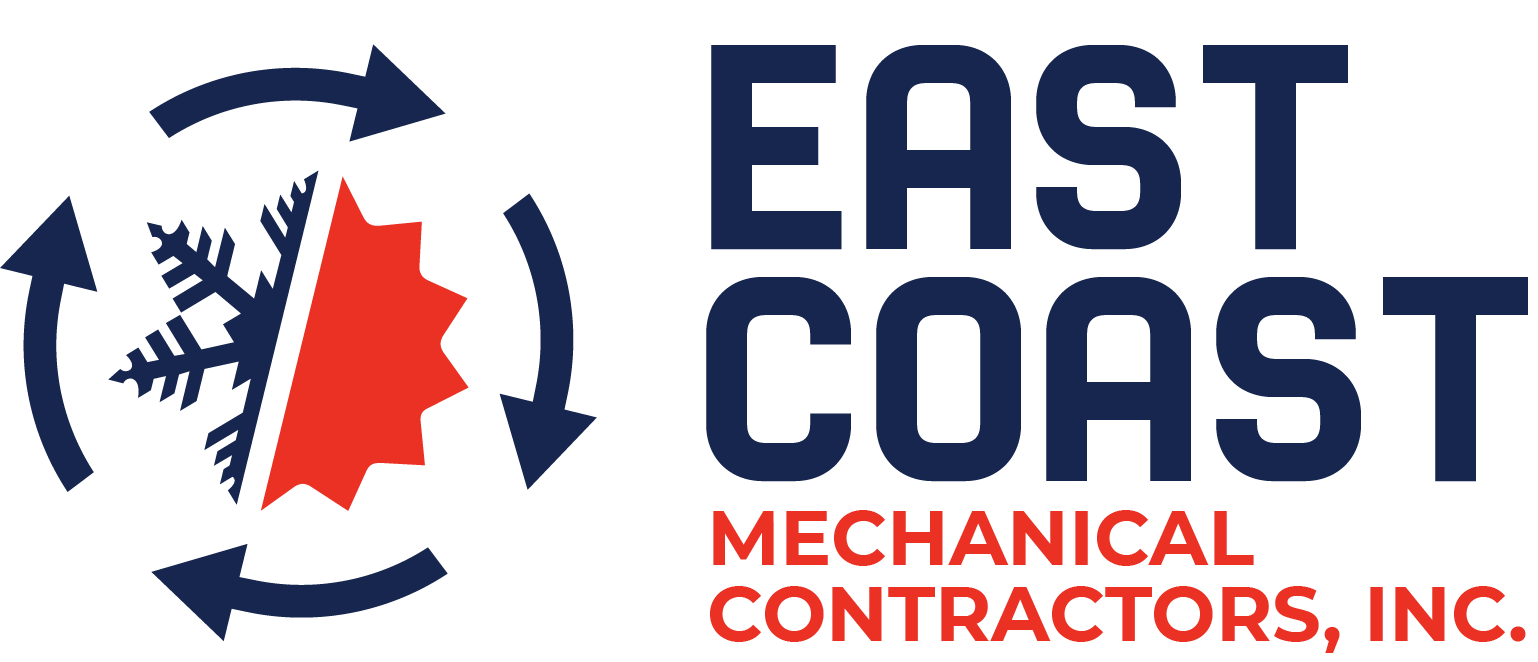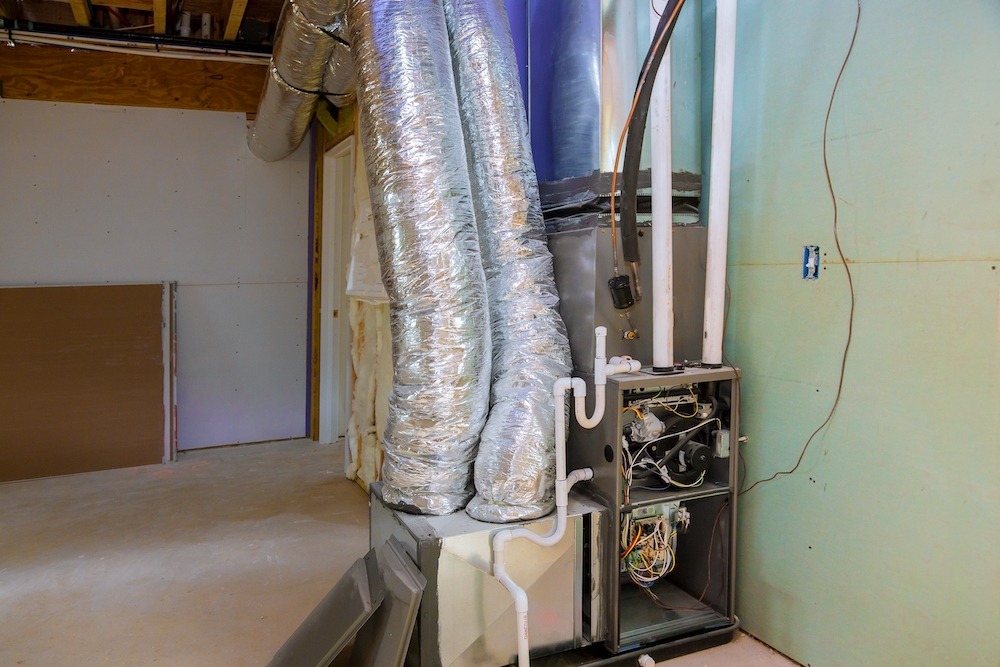As temperatures drop and winter inches closer, homeowners begin assessing their heating systems, particularly their furnaces. A functional furnace is essential for maintaining a warm, comfortable, and safe home, but recognizing when it’s time to replace an aging unit can be challenging. Here’s a comprehensive guide on how to determine if you need a new furnace this winter, the signs to watch out for, and the benefits of upgrading before the cold sets in.
Do You Need a New Furnace This Winter?
1. Age of Your Furnace: How Old is Too Old?
The average furnace has a lifespan of about 15 to 20 years. If your furnace is approaching or surpassing this age, it might be time to consider a replacement. Older furnaces, even if they’re still operational, are typically less efficient than newer models, resulting in higher energy costs and a greater likelihood of breakdowns.
Pro Tip: Check the furnace’s serial number, often found on a label inside the furnace cover or near the blower. The manufacturing date is often embedded in the serial number, which can help you determine its age if you’re uncertain.
2. Rising Energy Bills
One of the telltale signs of an inefficient furnace is an increase in your energy bills without a change in usage patterns. Older furnaces consume more energy to produce the same amount of heat, so if you’re noticing a spike in your heating costs, it could be due to the furnace working harder than necessary.
Upgrading to a high-efficiency furnace, rated at 90% AFUE (Annual Fuel Utilization Efficiency) or higher, can significantly reduce your heating costs. Modern furnaces convert nearly all of the fuel they consume into heat, unlike older models that might only convert 60% to 80%.
3. Frequent Repairs
If you’re calling the HVAC technician frequently, it’s likely costing you more than just repair bills. A furnace nearing the end of its life often needs frequent maintenance, and while these small repairs might seem affordable in the short term, they can quickly add up. Moreover, finding replacement parts for older units can become challenging and expensive.
Tip: If repair costs in a single season are over half the price of a new furnace, it’s generally more cost-effective to invest in a replacement.
4. Inconsistent Temperatures and Comfort Issues
Have you noticed certain rooms in your home feel warmer or cooler than others? Uneven heating is another indication that your furnace may be struggling. An efficient furnace should be able to maintain a consistent temperature throughout your home. If your system is failing to do this, it might be due to age, wear, or an outdated design.
Newer furnaces often come with advanced features like variable-speed blowers, which allow them to adjust the flow of air based on your home’s needs, helping to maintain even and comfortable temperatures in every room.
5. Strange Noises
As furnaces age, they may start to make unusual noises like rattling, banging, or squealing. While some noise is normal, loud and persistent sounds often signal internal problems. Components like the blower motor, belts, and bearings can wear out over time, and while these parts can sometimes be repaired, strange noises are often a sign that the entire system may be nearing the end of its useful life.
6. Poor Air Quality
Older furnaces can contribute to poor indoor air quality by failing to filter out dust, allergens, and pollutants effectively. Modern furnaces often come with advanced filtration options that can help reduce contaminants in your home. If you or family members experience more allergies, respiratory issues, or have noticed an increase in dust accumulation, your furnace might be part of the problem.
7. Yellow Burner Flame
The burner flame on a gas furnace should be a steady blue color. A yellow or flickering flame can indicate incomplete combustion, which may release dangerous carbon monoxide into your home. While this can sometimes be fixed, it’s essential to recognize that it’s a potentially serious problem that could signal a need for replacement. If you notice a yellow flame, you should have your furnace inspected immediately by a professional.
Safety Tip: Be sure to have working carbon monoxide detectors in your home, especially near sleeping areas, if you have a gas furnace.
8. Humidity Problems
Furnaces are designed to provide balanced humidity levels in addition to heating your home. If you’re experiencing dry air issues—common signs include dry skin, static electricity, and cracked wooden furniture—your furnace might be failing to regulate humidity. This is another indicator of an aging system that may need replacing.
Benefits of Upgrading to a New Furnace
If you decide a new furnace is necessary, the good news is that upgrading has numerous advantages:
- Improved Energy Efficiency: New furnaces are designed to meet high energy efficiency standards, helping reduce your energy consumption and heating costs. A more efficient system can result in savings of 15% to 30% on your energy bills.
- Enhanced Comfort: Modern furnaces are better at maintaining consistent temperatures, which means improved comfort for you and your family. With options like variable-speed blowers and modulating gas valves, new furnaces can provide more precise heating.
- Reduced Carbon Footprint: Upgrading to a high-efficiency furnace can lower your home’s greenhouse gas emissions, which is an important step toward environmental responsibility.
- Fewer Repairs: New furnaces come with warranties and are less likely to require frequent repairs, saving you time, money, and hassle.
Making the Decision
If you’ve experienced multiple warning signs that your furnace is on its last leg, it may be wise to replace it before winter’s chill fully sets in. While a new furnace is an investment, the cost savings, improved comfort, and safety benefits make it a worthwhile consideration.
If you’re unsure, consider having a trusted HVAC professional inspect your furnace. They can provide a comprehensive assessment of its condition and help you decide if it’s more economical to repair or replace. Keep in mind that installing a new furnace in fall or early winter can sometimes qualify you for rebates or special promotions, helping reduce the upfront cost.
In conclusion, don’t let a failing furnace leave you out in the cold this winter. By assessing these factors, you can make an informed decision about whether now is the right time for a furnace upgrade.

